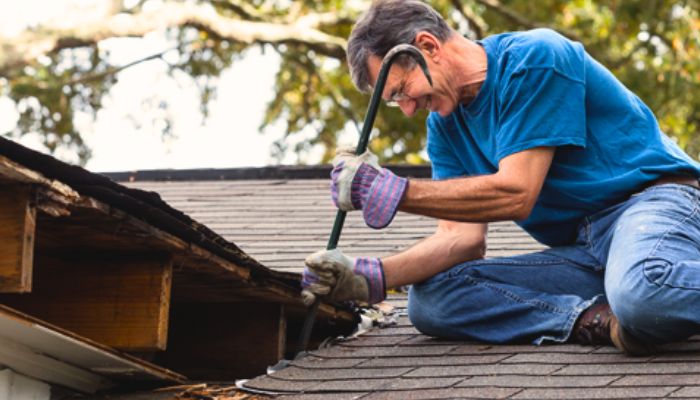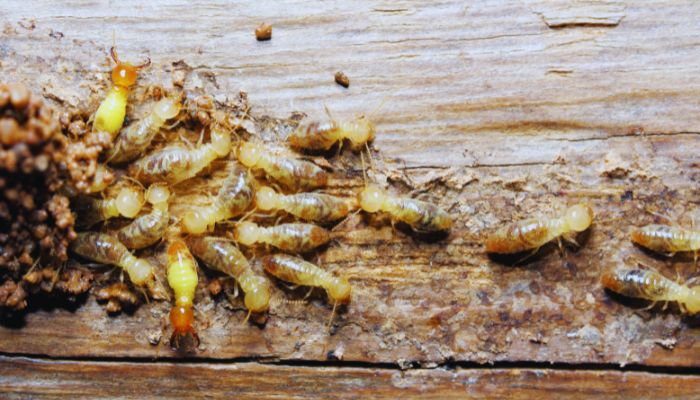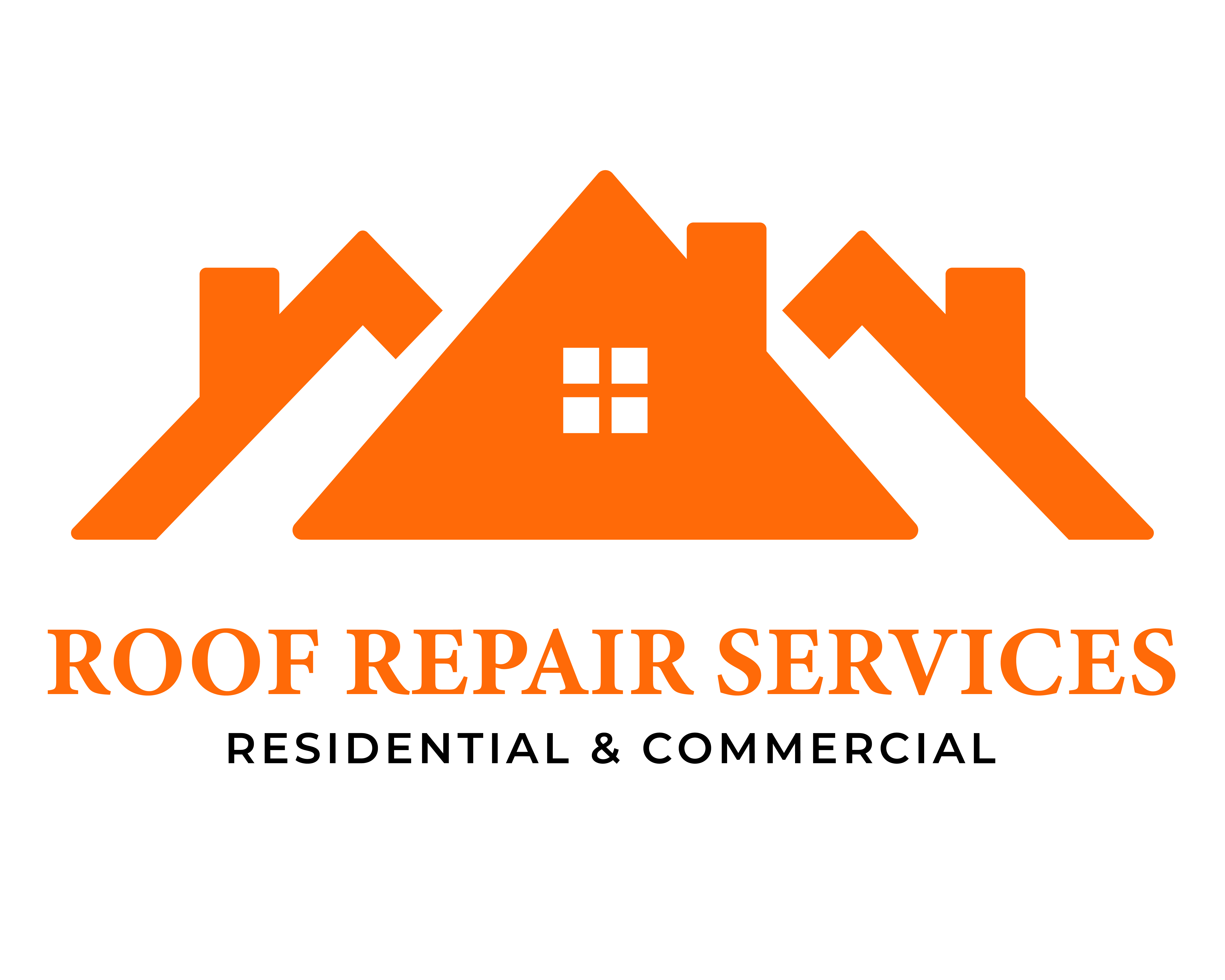Common Causes of Roof Leaks - Roof Repair Services
- Home
- Common Causes of Roof Leaks
Car Repairing

- November 30, 2023
- By: roofrepair_admin
- Repairs
- Comments: 0
Common Causes of Roof Leaks
Understanding the common causes of roof leaks is crucial for homeowners who want to protect their homes from extensive damage and costly repairs. Roof leaks can result from various factors, including weather elements, improper installation, and natural wear. By identifying these causes, homeowners can take proactive measures to maintain their roofs and prevent future leaks. This comprehensive guide will delve into the main causes of roof leaks and how to address them effectively.
Weather-Related Damage
Severe weather conditions are a significant cause of roof leaks. Heavy rain, strong winds, and hail can all damage roofing materials and lead to leaks. For instance, heavy rains can cause water pooling on the roof’s surface, leading to water seepage if the roof slope is inadequate. Strong winds can blow off shingles, leaving the roof deck exposed to water infiltration. Hail can cause dents and cracks in roofing materials, creating entry points for water.
Regular roof maintenance and inspections, especially after severe weather events, are critical factors in detecting and addressing weather-related damage. Homeowners should look for missing shingles, damaged flashing, and other visible signs of wear. Professional roofers equipped with moisture meters and infrared cameras can conduct thorough inspections to identify hidden damage and prevent future leaks.
Aging and Wear
The natural aging process of roofing materials also contributes to roof leaks. Over time, shingles can become brittle and lose their granules, reducing their effectiveness in repelling water. Curling shingles and granule loss are clear indicators of aging. As roofing materials age, they become more susceptible to water intrusion and damage from weather elements.
Regular maintenance and timely replacement of aging roofing materials are essential to prevent leaks. Homeowners should schedule regular inspections with experienced roofers to assess the condition of their roofs. By addressing aging and wear promptly, homeowners can extend the life of their roofs and avoid costly repairs.
Poor Installation Practices
Improper installation is another common cause of roof leaks. Roofs that are improperly installed are more likely to develop problems over time. Common installation errors include incorrect shingle alignment, improperly driven nails, and inadequate flashing installation. These mistakes can create gaps and weak points in the roofing system, allowing water to penetrate and cause leaks.
Hiring a professional roofing contractor with a proven track record is crucial to ensure the roof is installed correctly. A properly installed roof not only lasts longer but also provides better protection against leaks and other issues. Homeowners should verify the credentials and experience of the roofing contractor before hiring them to work on their roofs.
Clogged Gutters and Downspouts
Clogged gutters and downspouts can lead to water overflow, which can damage the roof and cause leaks. When gutters are filled with debris such as leaves, twigs, and dirt, water cannot flow freely and may back up onto the roof. This can lead to water seepage under the shingles and into the roof deck.
Regular gutter maintenance and cleaning are essential to prevent clogs and ensure proper water drainage. Installing gutter guards can help keep debris out and reduce the frequency of cleaning. By maintaining clean gutters, homeowners can prevent standing water on the roof and minimize the risk of leaks.

Damaged Flashing and Roof Penetrations
Flashing is a critical component of the roofing system that prevents leaks around roof penetrations such as chimneys, vents, and skylights. Damaged flashing is a common cause of roof leaks. Corrosion, warping, and separation from the roof surface can compromise the flashing’s effectiveness, allowing water to seep through..
Regular inspections of flashing and prompt repairs or replacements are necessary to maintain a watertight seal around roof penetrations. Homeowners should look for signs of water stains around chimneys and other penetrations, as these can indicate flashing issues. Professional roofers can replace damaged flashing and ensure it is properly sealed to prevent water infiltration.
Structural Issues and Poor Design
Structural issues and poor roof design can also contribute to leaks. A sagging roof, for example, can create low points where water can pool and eventually penetrate the roofing material. Poor design, such as inadequate slope or insufficient drainage systems, can exacerbate these issues.
Ensuring that the roof is structurally sound and designed for optimal water drainage is crucial in preventing leaks. Consulting with a structural engineer or professional roofer can help identify and address these problems. Proper design and construction practices can significantly reduce the risk of leaks and extend the life of the roof.

Animal and Pest Damage
Animals and pests can cause significant damage to roofing materials, leading to leaks. Birds, squirrels, and insects are common culprits that can create entry points and weaken the roof structure. Birds may peck at shingles, while squirrels can gnaw on roofing materials. Insects, such as termites, can damage the wooden components of the roof.
Regular inspections and pest control measures can help protect the roof from animal and pest damage. Homeowners should look for signs of gnawing, nests, and other indications of animal activity. By addressing these issues promptly, homeowners can prevent extensive damage and leaks caused by animals and pests.
Importance of Regular Roof Maintenance
Regular roof maintenance is essential for preventing leaks and ensuring the roof’s integrity. Homeowners should schedule regular inspections to check for signs of damage, such as missing shingles, damaged flashing, and clogged gutters. Early detection of potential issues allows for timely repairs, minimizing damage and extending the life of the roof.
In addition to visual inspections, homeowners should consider using moisture meters and infrared cameras to detect hidden moisture and leaks. These tools can identify areas of water intrusion that may not be visible to the naked eye. Regular maintenance also includes cleaning the roof surface, trimming overhanging branches, and ensuring proper attic ventilation.
Health Risks and Interior Damage
Roof leaks can lead to significant interior damage and health risks. Water intrusion can damage electrical wiring, plumbing pipes, and other components of the home. Wet spots and standing water can lead to mold and mildew growth, which can pose health risks to occupants. Mold thrives in damp environments and can cause respiratory issues and other health problems.
Addressing roof leaks promptly is essential to minimize interior damage and protect the health of the home’s occupants. Homeowners should look for signs of water stains, peeling paint, and mildew growth, as these can indicate a leaky roof. By addressing these issues promptly, homeowners can prevent further damage and ensure a safe and healthy living environment.
Importance of Professional Inspections and Repairs
While regular maintenance and DIY inspections are crucial, some issues require professional expertise. Professional roofers have the experience and tools necessary to identify and address complex roofing problems. They can conduct thorough inspections, using advanced tools like moisture meters and infrared cameras to detect hidden moisture and leaks.
Hiring a professional roofing contractor ensures that repairs are done correctly and efficiently, minimizing the risk of future leaks. Professional roofers can also provide valuable advice on maintaining the roof and preventing leaks. Regular inspections by experienced roofers can help homeowners stay ahead of potential issues and maintain the integrity of their roofs.

Preventing Future Leaks with Proper Ventilation and Drainage
Proper ventilation and drainage are critical factors in preventing roof leaks. Poor ventilation can lead to excess moisture buildup in the attic, causing mold growth and structural damage. Ensuring that the attic has adequate ventilation helps regulate temperature and moisture levels, reducing the risk of leaks.
Proper drainage is equally important. Gutters and downspouts should be kept clean and free of debris to ensure that water flows freely off the roof. Installing gutter guards can help prevent clogs and reduce the need for frequent cleaning. Ensuring that the roof has an adequate slope and well-designed drainage systems can prevent water pooling and minimize the risk of leaks.
Impact of Severe Weather Conditions
Severe weather conditions can cause major leaks and extensive damage to roofs. Heavy rain, high winds, hail, and ice storms can all take a toll on roofing materials. High winds can lift and tear off shingles, while heavy rain and hail can cause significant damage, leading to water infiltration.
Homeowners in regions prone to severe weather should take extra precautions to protect their roofs. This includes regular inspections before and after major weather events to identify and address any damage. Strengthening the roof with impact-resistant materials and ensuring that all components are securely fastened can help mitigate the impact of severe weather.
Effective Repair and Maintenance Strategies
Effective repair and maintenance strategies are essential for preventing roof leaks and extending the life of the roof. This includes regular inspections, prompt repairs, and proactive measures to address potential issues.
Homeowners should schedule regular roof inspections with professional roofers to assess the condition of their roofs. Any damage, such as missing shingles, damaged flashing, or clogged gutters, should be addressed promptly to prevent further damage. In addition to professional inspections, homeowners should also perform regular visual checks for visible signs of damage.
Proactive maintenance measures, such as cleaning the roof surface, trimming overhanging branches, and ensuring proper ventilation, can help prevent leaks and maintain the roof’s integrity. By staying vigilant and addressing issues promptly, homeowners can avoid costly repairs and ensure a long-lasting, leak-free roof.
